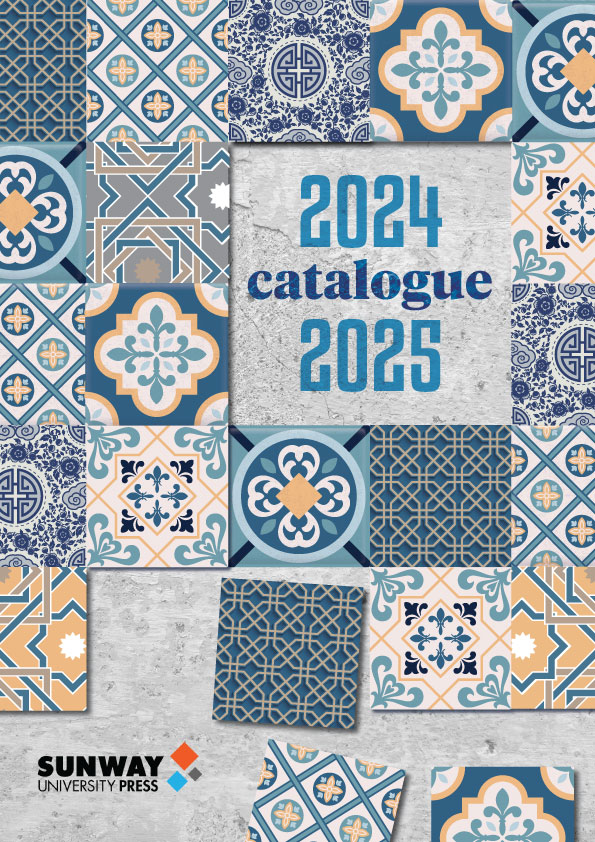The digital economy offers unprecedented opportunities. Governments, businesses and industries all across the globe are aware of the scale and impact of the digital economy on the gross domestic product (GDP). As more of the world goes online, more new ways are offered to enterprises and consumers to use information (processed data) via apps for work, productivity, social networking, gaming and more. The International Data Corporation expects the digital universe to grow to 44 zettabytes or 44 trillion gigabytes by 2020.
As a strategic response to the phenomenal growth of digital data and smart devices, the 2017 national budget allocated RM1 billion to increase the coverage and quality of broadband. Moreover, there will be a doubling of the present broadband speed at half the price within two years in order to conceive an ambitious Digital Free Trade Zone—a physical and virtual zone with digital services for global Internet-based commerce. In early 2017, the digital economy contributed 17.8% to the Malaysian GDP, 5.8% of which was contributed by e-commerce. The acceleration intervention measures laid out in the National eCommerce Strategic Roadmap aimed to double the growth rate of e-commerce to 20.8% by 2020. In short, the digital economy is an information-driven economy.
However, there is a less visible side to this preoccupation with information. Social economist Herbert Simon has cautioned that, as information becomes more accessible by many, it becomes harder to efficiently allocate attention among the overabundance of information sources. So, a new set of capabilities is needed to organise business and technology to harness the power of information. These capabilities are likely found in organisations with an adhocratic model, rather than the more prevalent bureaucratic and meritocratic models. A meritocratic model is overly dependent on data collection and analysis, multiple alternatives and countless debates. A bureaucratic model facing a difficult problem is likely to defer it to a higher wisdom. With its emphasis on experimentation and more flexible forms of governance, an adhocratic model is more likely to thrive in the digital economy to create disruptive businesses, receive feedback, make changes and review progress with a greater agility.
The Malaysia Digital Economy Corporation has a forecast of one million digital workers by 2025. If so, this impending demand is to be reciprocated by institutes of higher education (IHEs) with equally competent graduates. It is the raison d'être of IHEs to supply digital-ready talent. To be of any help to information-driven organisations, students of all disciplines ought to master technologies such as data centres, cloud computing, analytics, data storage and access tools.
More importantly, students ought to be emboldened to be entrepreneurs and risk-takers. After all, they are journeying into a constantly changing landscape. Their preferred employers are likely to be enterprises that thrive on the best-of-breed hardware, software and applications to meet changing market demands with ease, agility and strategic insight. In addition to analysing massive data and driving insights that change the way businesses operate, these enterprises can create start-ups with distinctive value, and deliver services and applications to customers.
However, it is lamentable that the best start-up projects are forgotten by students upon their entry into the workforce. We often hear “I could have done that” and other such remarks year after year. IHEs ought to at least provide basic incubation services on campus to nudge nascent campus-grown start-ups from ideas to minimal viable products. With proper planning, this on-campus incubator becomes a precursor to external funding programmes run by funding organisations such as 1337 Accelerator.
It is no serendipitous coincidence that digital hubs are being set up to offer hot-desking, mentoring and coaching services for the local start-up community. For instance, a new immigration category—Tech Foreign Knowledge Workers—has been introduced to facilitate seamless entry of foreign tech mentors and coaches into Malaysia, while the Multimedia Super Corridor Bill of Guarantees provides full benefits such as tax incentives to firms in digital hubs.
In conclusion, IHEs are seedbeds that identify and nurture new businesses for fast-changing environments. These new businesses are potentially disruptive businesses that can change the game and rewrite the rules. Otherwise, they are mere followers beholden to market leaders, and the existing prices and marketing methods. Invariably, there will be many lessons to be learned about succeeding as a disruptive innovator or defending against a disruptive challenger in a shifting market. In short, the industry’s competitive patterns necessitate different types of innovation and strategic approaches. So, the disruptive business and organising model (e.g. adhocracy) will vary according to the business environment in which an enterprise competes.
Dr Hendry Ng
Director, Victoria University Postgraduate Programmes
Sunway College
Originally published in The Edge, January 2017




